Home>Storage Ideas>Kitchen Storage>Should Kitchen Islands Have A Sink? Experts Agree On This Answer
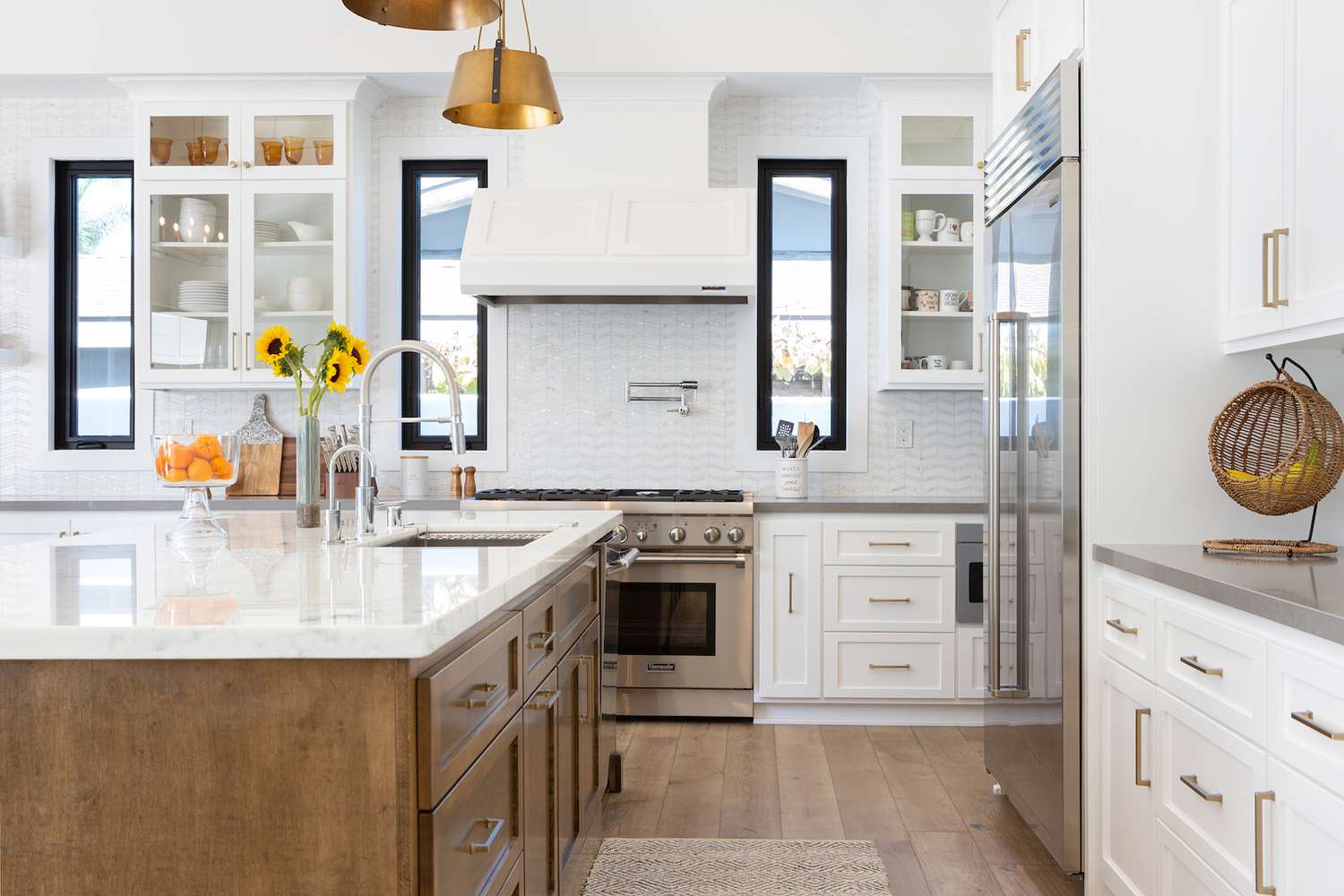

Kitchen Storage
Should Kitchen Islands Have A Sink? Experts Agree On This Answer
Modified: October 28, 2024
Discover expert opinions on whether kitchen islands should have a sink and get inspired by the best kitchen storage ideas for your home.
(Many of the links in this article redirect to a specific reviewed product. Your purchase of these products through affiliate links helps to generate commission for Storables.com, at no extra cost. Learn more)
Introduction
When it comes to designing or remodeling a kitchen, one of the key elements to consider is the layout and functionality of the kitchen island. A kitchen island not only provides extra counter space but also serves as a central hub for cooking, dining, and entertaining. One crucial decision to make is whether or not to include a sink in the kitchen island.
The addition of a sink in a kitchen island has both its proponents and skeptics. It offers convenience and efficiency, but it may also present some challenges in terms of plumbing and design. In this article, we will explore the pros and cons of having a sink in a kitchen island and seek expert opinions on this matter.
Whether you are a dedicated home chef or someone who enjoys hosting gatherings, the functionality of your kitchen is of utmost importance. Let’s delve into the world of kitchen islands with sinks and discover whether this trendy choice is right for you.
Key Takeaways:
- Including a sink in a kitchen island can enhance workflow, add seating space, and elevate the overall functionality and design. However, it’s crucial to weigh potential drawbacks such as plumbing challenges and reduced workspace.
- When deciding on a sink in the kitchen island, consider factors like available space, cooking habits, and maintenance needs. Expert insights and personal preferences play a key role in making an informed decision that aligns with your lifestyle and kitchen vision.
Pros of having a sink in a kitchen island
Adding a sink to your kitchen island can offer numerous benefits, making it a popular choice among homeowners. Here are some of the advantages:
- Efficient workflow: A kitchen island with a sink allows for a more efficient workflow while prepping food. You can easily chop vegetables, rinse them, and dispose of waste without having to move back and forth between the main sink and the island.
- Additional seating space: By having a sink in the kitchen island, you can free up valuable counter space, creating room for additional seating. This provides a convenient spot for family members or guests to gather while you prepare meals or engage in conversation.
- Enhanced functionality: Having a sink in the kitchen island adds extra functionality to the space. It can serve as a wet bar during social events, allowing guests to refresh their beverages without interrupting the cooking process in the main kitchen area.
- Design flexibility: Including a sink in the kitchen island opens up a plethora of design possibilities. You can choose from various sink styles, materials, and finishes that complement the overall aesthetic of your kitchen. It also allows for creative countertop configurations and the integration of additional features such as a dishwasher or a small wine refrigerator.
- Convenient cleanup: With a sink in the kitchen island, cleanup becomes a breeze. You can quickly rinse dishes, utensils, and glassware after a meal, reducing the time and effort required to transport them to the main sink. This feature is especially advantageous for those who have large families or frequently entertain guests.
These are just a few of the many advantages that come with having a sink in the kitchen island. It can enhance your cooking experience, improve the functionality of your kitchen, and add a touch of elegance to your overall design. However, it’s important to consider the potential drawbacks as well before making a final decision.
Cons of having a sink in a kitchen island
While there are many benefits to having a sink in a kitchen island, it’s important to consider the potential drawbacks before making a decision. Here are some of the cons:
- Plumbing challenges: Installing a sink in a kitchen island can pose plumbing challenges. Access to plumbing lines and drainage can be more complicated compared to traditional sink installations against a wall. Additional plumbing work may be required, which can increase the overall cost and complexity of the project.
- Reduced workspace: Adding a sink to the kitchen island means sacrificing some counter space. This can limit your workspace, especially if you have a small kitchen. It’s essential to consider your cooking and prep needs to ensure you have enough room to work comfortably.
- Cleanup visibility: One downside of having a sink in the kitchen island is that it puts the cleanup area in direct view of guests or family members seated at the island. This may create added pressure for the cook to keep the sink area clean and tidy, even during the cooking process.
- Noisy operation: Running water and the noise of dishes being washed can be more audible in an open-concept kitchen where the sink is located in the island. This may affect the ambiance and conversations happening in the kitchen or adjacent living spaces.
- Higher maintenance: Having a sink in the kitchen island means additional maintenance. The area around the sink is more prone to water splashes, messes, and potential accidents. Regular cleaning and maintenance will be necessary to keep the island area looking its best.
It is important to weigh these considerations against the benefits before deciding to install a sink in your kitchen island. Take into account the specific layout and size of your kitchen, your cooking habits, and your personal preferences to determine if the advantages outweigh the disadvantages in your particular case.
Consider the size of your kitchen and how you plan to use the island. If you have the space and frequently use the sink for food prep, a sink in the island can be convenient. However, it may take up valuable counter space.
Expert opinions on having a sink in a kitchen island
When it comes to the decision of adding a sink to a kitchen island, experts in the field have varying perspectives. Let’s explore some of their opinions:
1. Efficiency and Convenience: Many experts argue that having a sink in the kitchen island can greatly enhance efficiency and convenience in the kitchen. Kitchen designer, Sarah Richardson, suggests that having a sink in the island allows for a more seamless workflow during food preparation, reducing the need to constantly move between the island and the main sink.
2. Practicality and Multifunctionality: On the other hand, some experts believe that a sink in the kitchen island is more practical for larger kitchens or open floor plans. Renowned kitchen designer, Mick De Giulio, notes that in smaller kitchens, it may be more challenging to balance the need for workspace with the inclusion of a sink in the island.
3. Design and Aesthetics: Many experts emphasize the design aspect of a sink in the kitchen island. They highlight how it can serve as a striking focal point and add a touch of elegance to the overall kitchen design. Interior designer, Kelly Hoppen, often incorporates sink islands in her designs, stating that they create a beautiful and functional centerpiece.
4. Lifestyle and Entertainment: Experts who emphasize the social aspect of a kitchen suggest that having a sink in the island is ideal for those who enjoy entertaining and hosting gatherings. Interior designer, Joanna Gaines, highlights how it allows the host to engage with guests while still tending to kitchen tasks, making for a more interactive and enjoyable entertaining experience.
5. Personal Preference: Ultimately, experts agree that the decision to include a sink in the kitchen island depends on personal preference and individual needs. Some individuals prioritize practicality and functionality, while others prioritize design and entertaining. It is important to consider your lifestyle, cooking habits, and the overall layout of your kitchen when making this decision.
It is crucial to consult with professionals such as kitchen designers or architects to gain valuable insights tailored to your specific kitchen and lifestyle needs. Their expertise can help guide you in determining whether or not a sink in the kitchen island is the right choice for you.
Factors to consider when deciding to install a sink in a kitchen island
Deciding whether or not to install a sink in your kitchen island requires careful consideration of several factors. Here are some key things to keep in mind:
- Available space: Evaluate the available space in your kitchen and the size of your island. Ensure that there is sufficient room to accommodate a sink without compromising the functionality and flow of your kitchen.
- Plumbing logistics: Consider the plumbing logistics and whether it’s feasible to install a sink in the island. Determine if you have easy access to plumbing lines and whether the drainage can be properly managed.
- Cooking habits: Assess your cooking habits and determine if having a sink in the island aligns with your workflow. If you frequently engage in food preparation activities that require easy access to water, having a sink nearby may be beneficial.
- Entertaining needs: If you frequently entertain guests or have a large family, a sink in the kitchen island can be advantageous. It allows you to socialize while still attending to kitchen tasks and simplifies the cleanup process.
- Kitchen layout: Consider the overall layout of your kitchen, including the proximity of the island to other key elements such as the stove, refrigerator, and main sink. Ensure that adding a sink to the island does not disrupt the functionality of these essential areas.
- Design and aesthetics: Think about the design vision you have for your kitchen. A sink in the island can contribute to a visually appealing and functional centerpiece. Consider how it will integrate with the rest of the kitchen design, including the countertop material, sink style, and finishes.
- Maintenance and cleanliness: Reflect on the additional maintenance that comes with having a sink in the island. Keeping the sink and the surrounding area clean is crucial for both hygiene and aesthetics. Determine if you are willing to commit to regular cleaning and maintenance routines.
- Budget: Evaluate your budget and the potential cost implications of adding a sink to the kitchen island. Consider the plumbing work, installation, and any additional features you may want to incorporate, such as a garbage disposal or a filtered water system.
By carefully considering these factors, you can make an informed decision about whether or not to install a sink in your kitchen island. Remember to assess your personal needs, lifestyle, and the specific context of your kitchen to ensure that the inclusion of a sink aligns with your overall vision and enhances the functionality of your space.
Conclusion
Deciding whether or not to include a sink in a kitchen island is a significant consideration when designing or remodeling your kitchen. While there are pros and cons to this decision, it ultimately boils down to your specific needs, preferences, and the layout of your kitchen.
A sink in the kitchen island can offer numerous benefits, including improved workflow, additional seating space, enhanced functionality, and convenient cleanup. It can serve as a striking design element, creating a beautiful and functional centerpiece in your kitchen. However, it’s important to be aware of potential drawbacks such as plumbing challenges, reduced workspace, and increased maintenance.
Before making a final decision, it’s crucial to consider factors such as available space, plumbing logistics, cooking habits, entertaining needs, kitchen layout, design preferences, maintenance requirements, and budget. Consulting with experts in the field, such as kitchen designers and architects, can provide valuable insights tailored to your specific situation.
Ultimately, the decision to install a sink in the kitchen island should align with your lifestyle, enhance the functionality of your kitchen, and contribute to the overall aesthetic of the space. Careful consideration of these factors will ensure that you make an informed choice that best suits your needs and enhances your kitchen’s efficiency and visual appeal.
Remember, there is no one-size-fits-all answer when it comes to kitchen design. Whether you choose to have a sink in the island or not, focus on creating a space that reflects your personal style and caters to your unique cooking and entertaining needs.
Curious about the varieties of sink installations available for your kitchen? Dive into our detailed guide on undermount sink, a sleek choice for modern homes. If reimagining your space is on the mind, don't miss our insights on kitchen island design, featuring expert advice on integrating seating for a functional and stylish setup. For those looking outside the traditional kitchen, our step-by-step guide on kitchen plumbing for outdoor spaces will ensure your al fresco cooking zone is as efficient as it is inviting.
Frequently Asked Questions about Should Kitchen Islands Have A Sink? Experts Agree On This Answer
Was this page helpful?
At Storables.com, we guarantee accurate and reliable information. Our content, validated by Expert Board Contributors, is crafted following stringent Editorial Policies. We're committed to providing you with well-researched, expert-backed insights for all your informational needs.
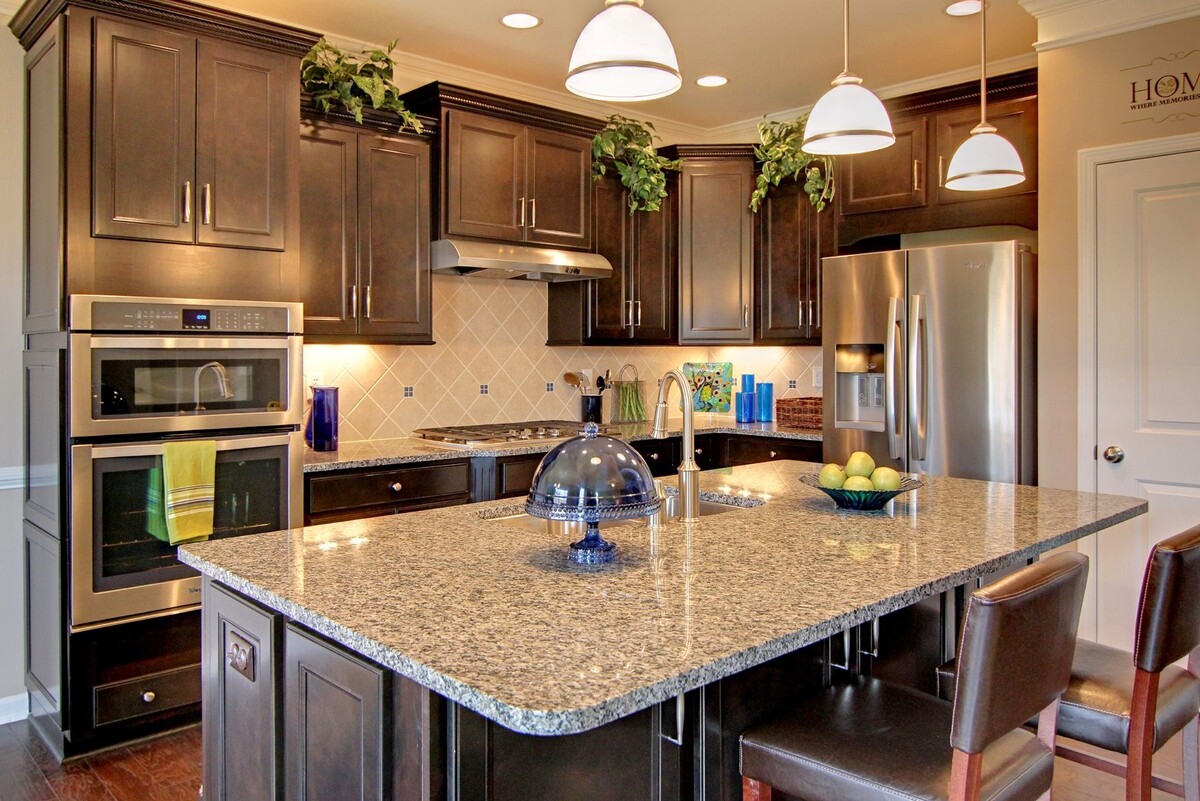

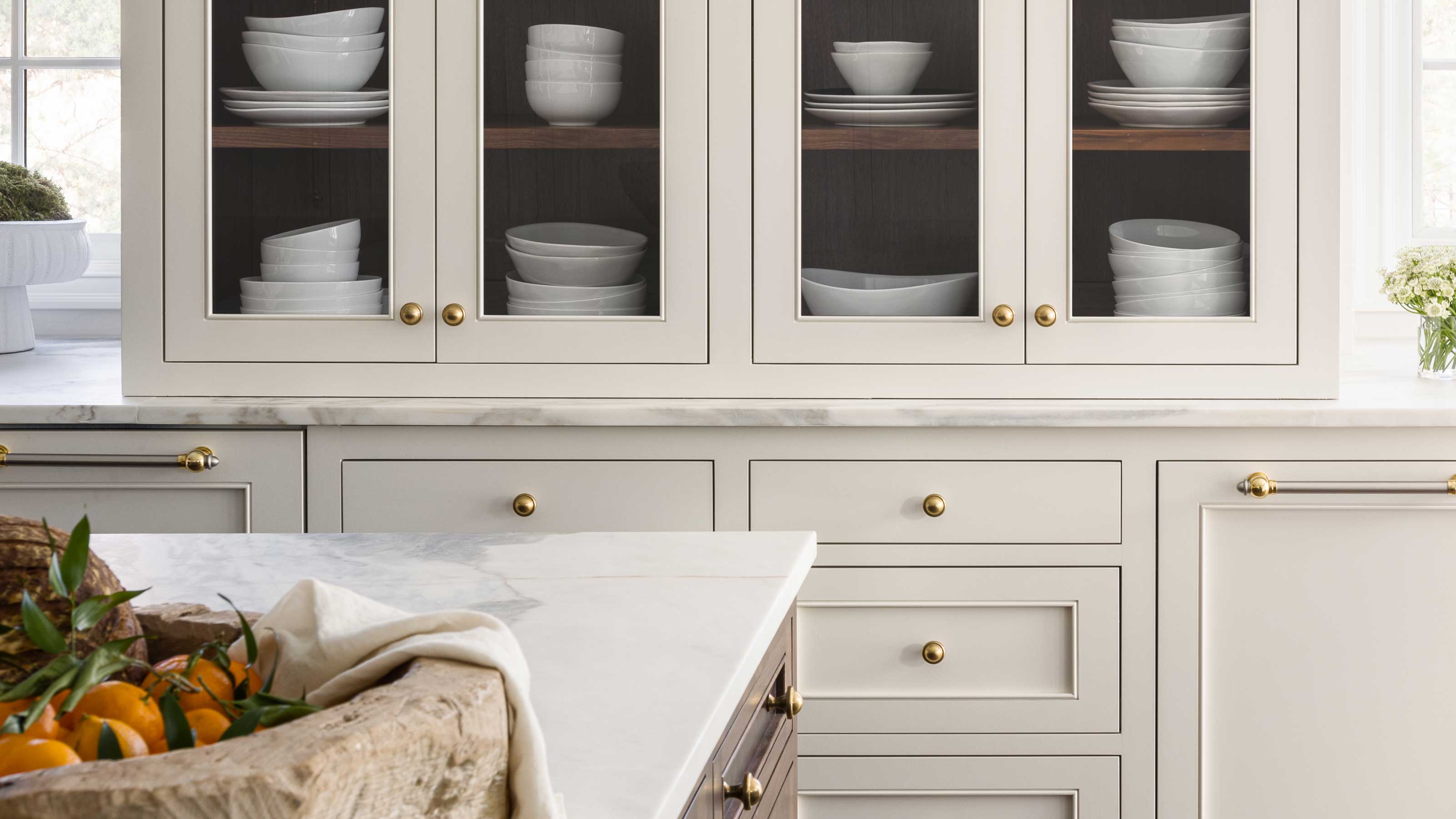

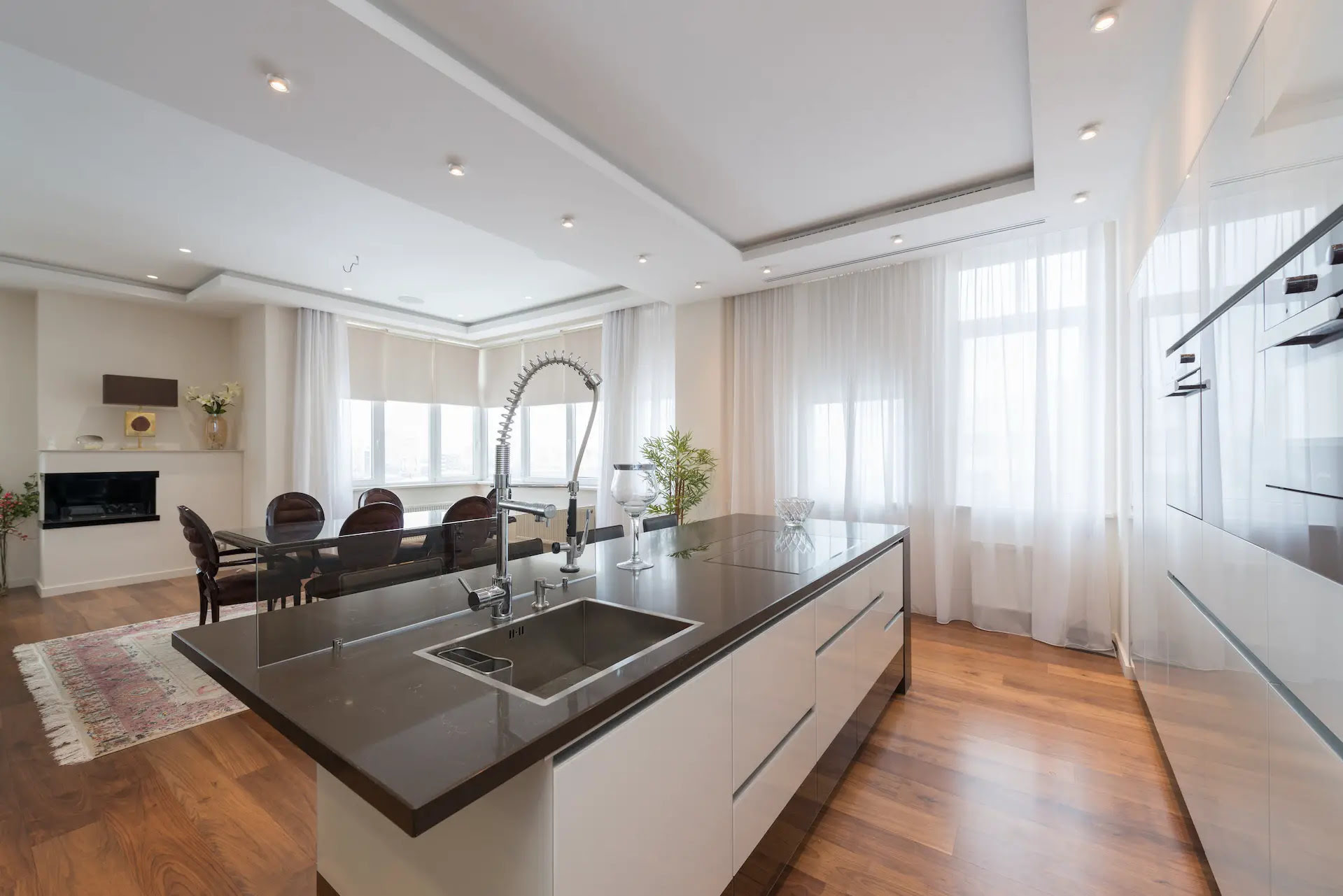
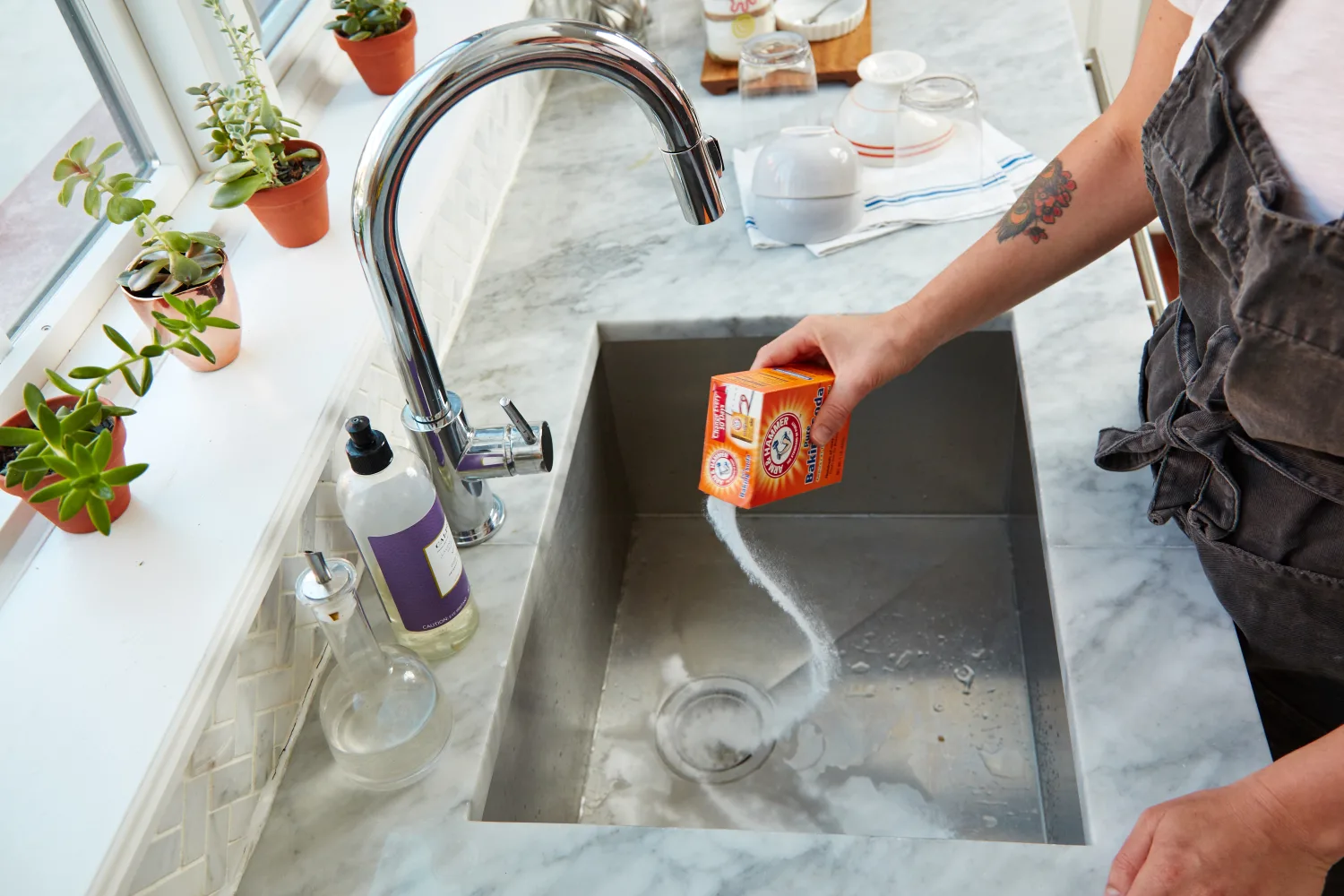
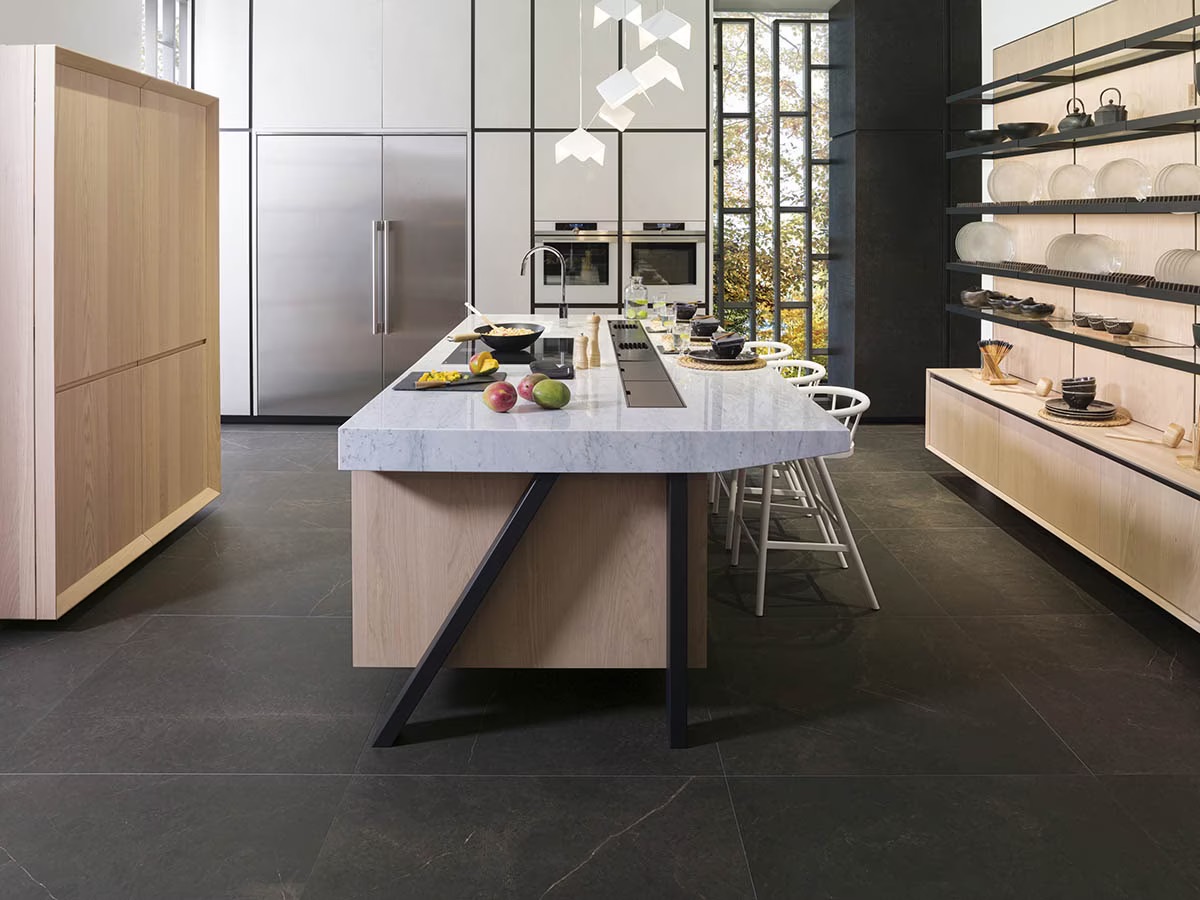
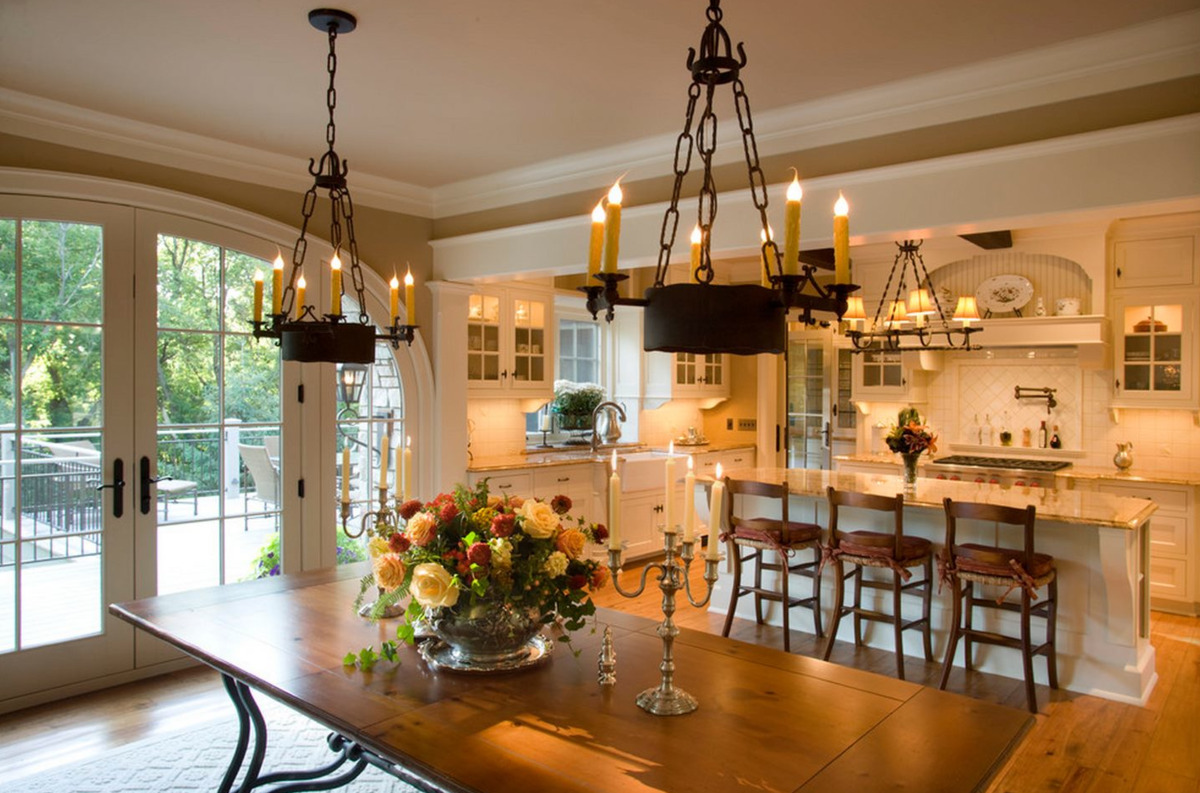





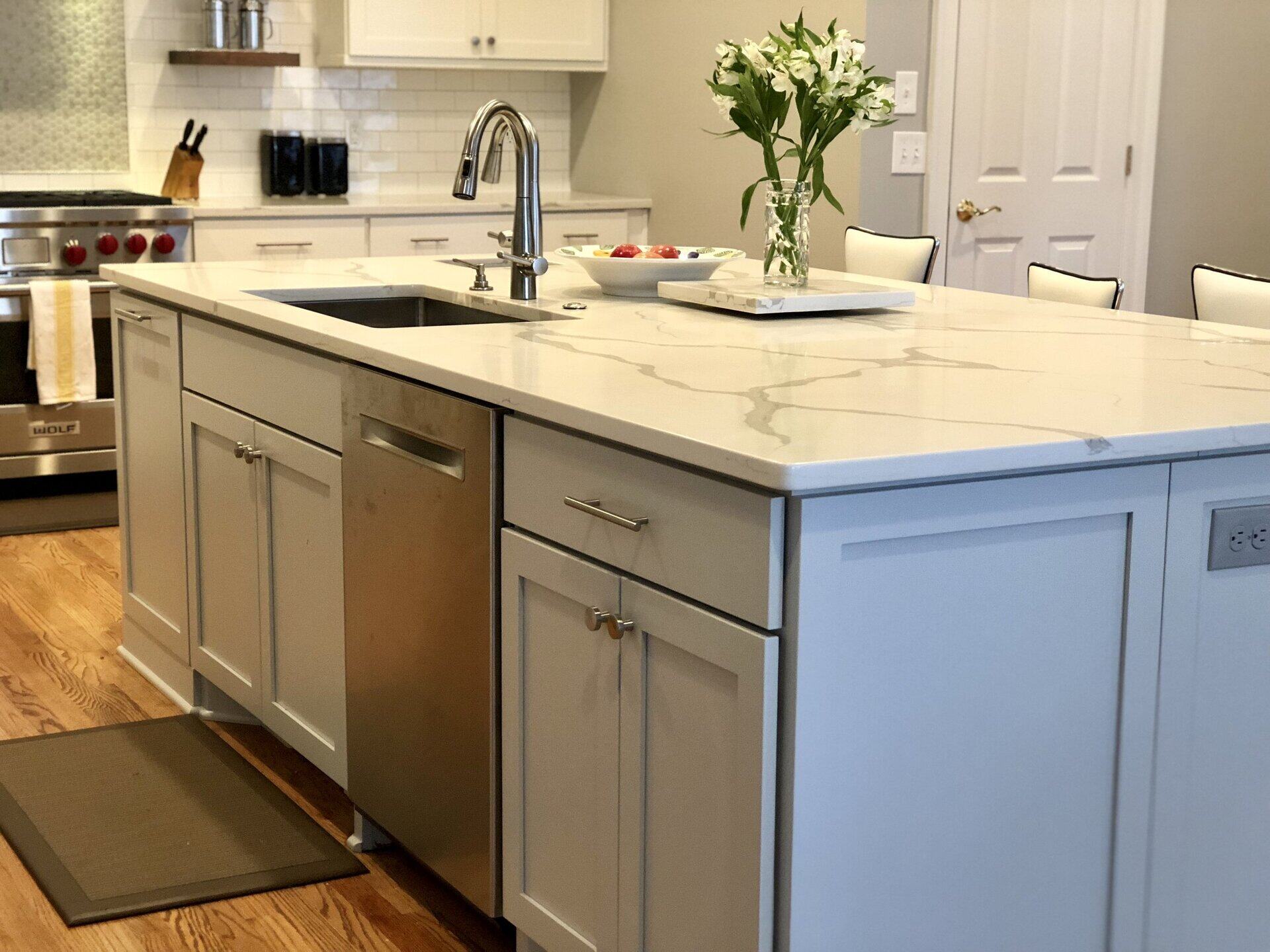

0 thoughts on “Should Kitchen Islands Have A Sink? Experts Agree On This Answer”